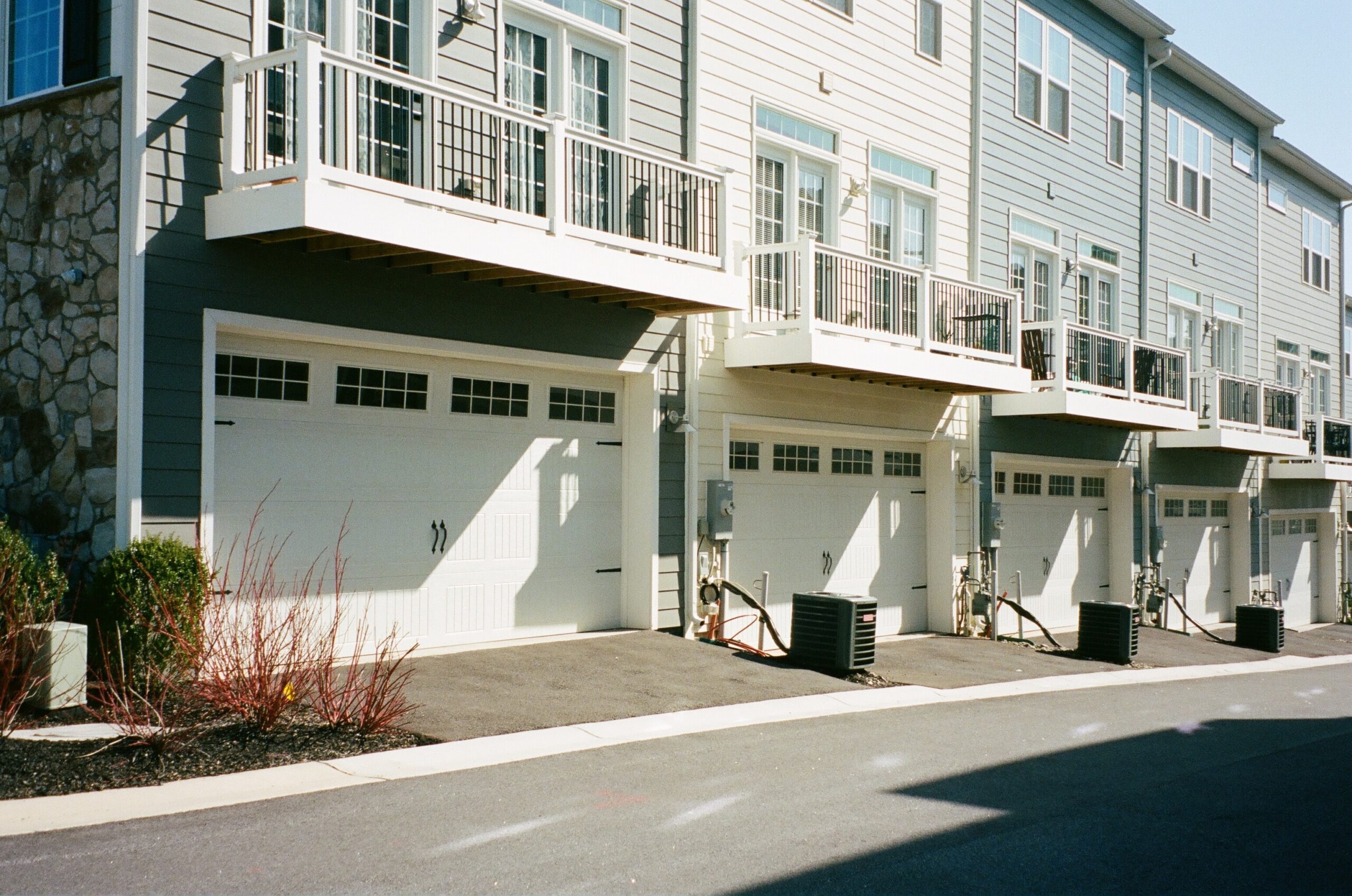
5% Down Payment for Multi-Family Homes: Is It Time to Invest?
Budding real estate investors recently received a boost to their aspirations of entering the multi-family property market with greater ease. Fannie Mae, a government-sponsored enterprise dedicated to enhancing home affordability, significantly reduced the down payment requirements for owner-occupied, multi-family (2-4 unit) properties from 15%-25% to just 5%, effective November 18.
This adjustment presents the opportunity to purchase a duplex, triplex, or fourplex with only a 5% down payment, live in one unit, and derive passive income from renting out the remaining units. Essentially, the rental income can cover mortgage payments, along with other recurring housing expenses like taxes, insurance, and maintenance.
The announcement sparked excitement among real estate investors, including Grant Cardone, a long-time advocate of multi-family real estate’s benefits, who expressed enthusiasm by saying, “Imagine buying [a] $100,000 property with only $5,000.”
Rental apartments aren’t solely confined to large, high-rise properties. About 7% of U.S. homes and one in six rental units are situated within 2-4 unit buildings, as indicated by the latest American Housing Survey. Previously, a substantial hurdle in securing a Fannie Mae-backed mortgage for such residences involved meeting the down payment requirements, historically set at 15% for a duplex and 25% for a triplex or fourplex.
The new 5% down payment rule is part of the GSE’s commitment to offering broader access to affordable home financing. To qualify, specific criteria for credit score, debt-to-income ratio, and reserves must be met, adhering to the prescribed GSE loan limits for:
2-unit: $929,850
3-unit: $1,123,900
4-unit: $1,396,800
It’s crucial to recognize that while this presents a more accessible avenue for home financing, it’s not the sole affordable loan program available for multi-family property purchases. For instance, the Federal Housing Administration (FHA) offers mortgages with a minimum 3.5% down payment. However, unlike Fannie Mae, FHA necessitates a mandatory self-sufficiency test for those acquiring 3-4 unit homes, requiring rental income to cover the entire mortgage payment, taxes, and insurance.
Regarding whether to seize this opportunity, there are various advantages to utilizing a Fannie Mae loan for purchasing an owner-occupied multi-family property. A lower 5% down payment facilitates quicker savings, enabling individuals to buy sooner and start accruing passive income through rent collection and building home equity—a particularly appealing prospect for young Americans struggling to break into the housing market.
However, despite the potential for substantial returns, investing in a multi-family residential property for rental income is inherently risky. There’s a risk of encountering difficulties in finding renters for unoccupied units, potentially resulting in financial strains if adequate reserves aren’t available to cover the mortgage and other housing expenses.
Additionally, being a landlord involves maintaining the property and addressing unforeseen issues, like plumbing or appliance problems, which might necessitate utilizing emergency savings.
In essence, the lowered 5% down payment may attract buyers who could potentially struggle with the costs and responsibilities associated with a 2-4 unit property, raising concerns about the reduced barrier to entry.
For those averse to the landlord role or residing with tenants, alternative avenues exist to invest in multi-family real estate. Investing in Real Estate Investment Trusts (REITs) offers an opportunity to profit from the real estate market without buying a property or managing landlord-related stress. These companies own income-generating real estate and distribute rent as regular dividend payments to shareholders.
Another route is investing in exchange-traded funds (ETFs) like Vanguard Real Estate ETF (VNQ) or Real Estate Select Sector SPDR Fund (XLRE), providing diversified real estate stocks and quarterly dividends.
Lastly, crowdfunding platforms allow collective investment in properties or shares, democratizing real estate investing by simplifying the process and reducing entry barriers for everyday investors.










